11 Abandoned Ghost Towns in the U.S. You Can Still Visit
Get a taste of the past at these cool ghost towns in the U.S.
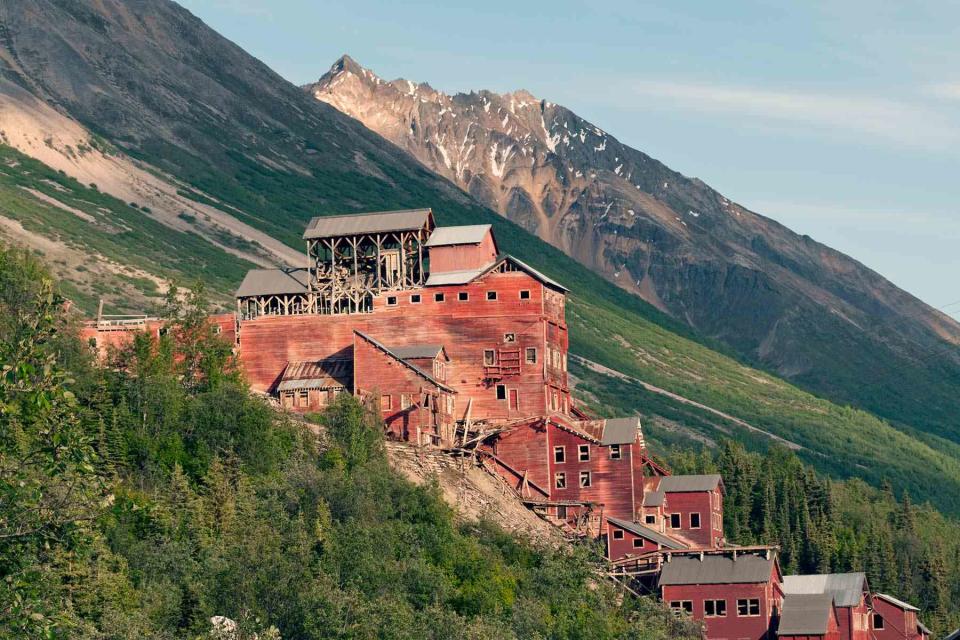
John Elk/Getty Images
The rapid expansion west helped towns blossom all over the United States. Be it for their fertile land or stellar trading, these tiny settlements once boomed across the nation — until one day, they didn’t. Abandoned because of illness, collapsing industry, or merely because their pioneering citizens moved on, these communities became known as “ghost towns.”
Near perfectly preserved relics of our past can be found around the nation. One report by Geotab has identified and mapped 3,800 ghost towns in the U.S., many of which were abandoned in the 20th century for greener pastures and big city dreams. However, just because no one lives there doesn’t mean you can’t visit.
Here are 11 ghost towns in the U.S. you can still experience today.
Silver City, California
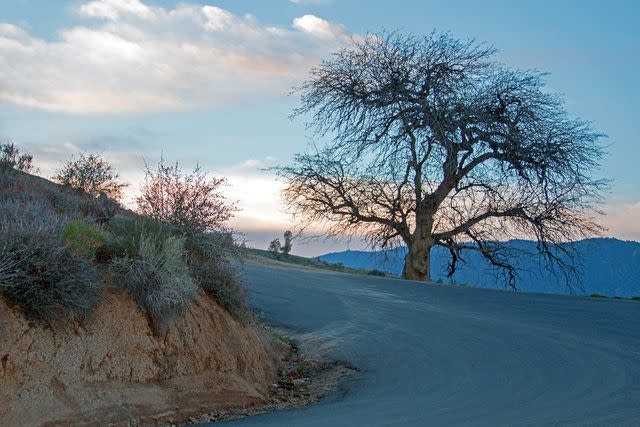
htrnr/Getty Images
The process of saving Silver City in California’s Kern River Valley was a labor of love. According to Sierra Nevada Geotourism, the 20-plus buildings that remain preserved to this day are thanks to the efforts of Dave and Arvilla Mills, who painstakingly worked to move the structures to a safe location as they were slated for demolition in the 1960s. Through their hard work, visitors today can see the buildings used in the mining camps around the area, as well as settler housing and even an old jail. Some believe Silver City is haunted, with reported paranormal activity including bottles floating mid-air and windows mysteriously opening and closing by themselves. The town now operates as a museum and is open seven days a week.
St. Elmo, Colorado
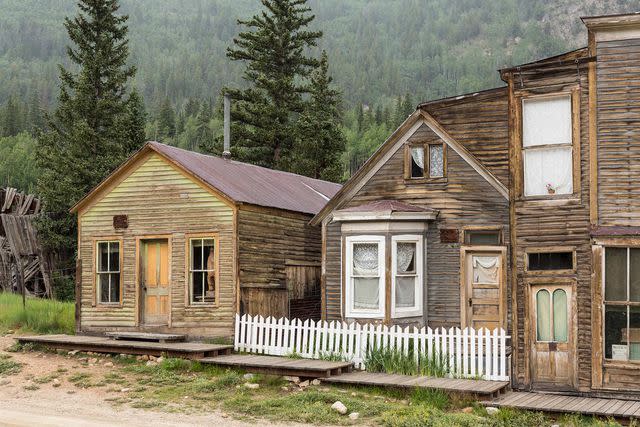
Steve Heap/Getty Images
Founded in 1880, St. Elmo was once a thriving gold and silver mining community. Some 2,000 people eventually moved here looking for their little piece of prosperity, but by the early 20th century, the mines ran dry. So, the townspeople “rode the last train out of town and never came back,” according to its website. You can see their almost perfectly preserved homes and storefronts by visiting the community during the summer months.
Terlingua, Texas
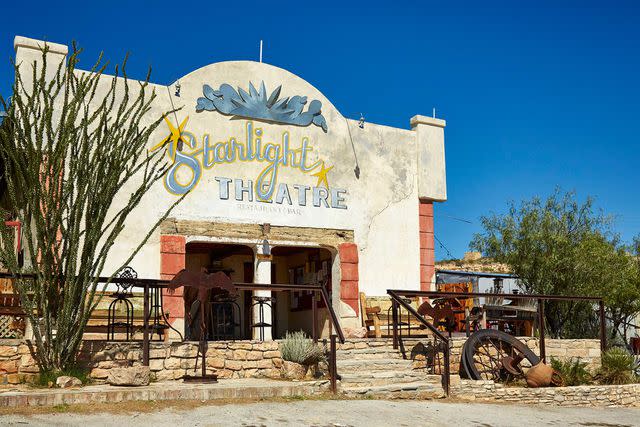
Loop Images/Getty Images
Terlingua is yet another mining town, only this one became one of the greats. By the 1930s, the community was one of the largest producers of quicksilver in the nation, according to Visit Big Bend. However, by the 1940s, the company leading the mining went broke, filed for bankruptcy, and many residents moved on. However, this place has had somewhat of a renaissance, with newcomers moving in, making the one-time abandoned spot a little more lively and welcoming to visitors.
Rhyolite, Nevada
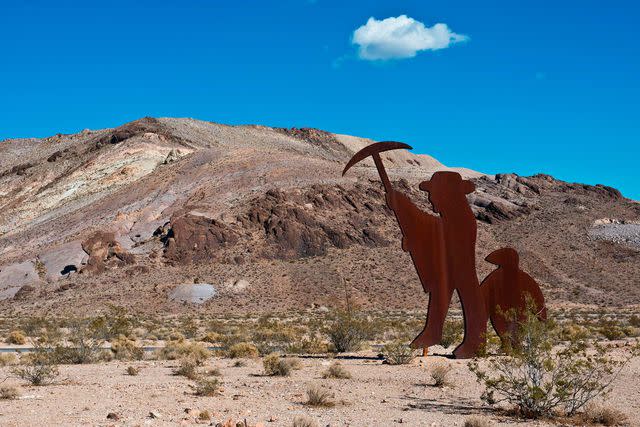
Education Images/Getty Images
Rhyolite, you guessed it, is yet another mining town that was eventually left deserted. Here, miners came for the plentiful quartz. According to the National Park Service, the once-thriving community had hotels, stores, a school, a hospital, and even a stock exchange. However, when the mining went belly up, so did the town. But you can still come to see the old bank and jail and dream about what life was like for this prosperous community at the turn of the 20th century.
Custer, Idaho
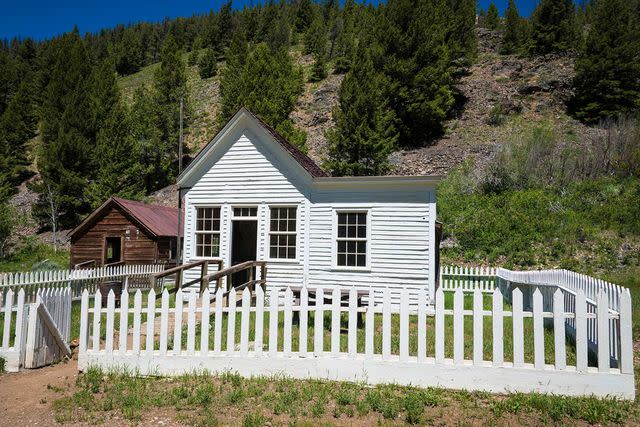
RobertCrum/Getty Images
Custer is one of the older ghost towns on this list. Founded in 1879, the community became a must-visit destination for gold speculators and eventually was the home of the Lucky Boy and Black mines, which employed many of the townspeople. According to Visit Idaho, the population peaked in 1896 with 600 residents. However, by 1910, the town was abandoned. Thankfully, many of its buildings were left intact, and in 1966, the Challis National Forest took ownership, helping the community land on the National Register of Historic Places in 1981. Now, visitors come to explore the mining town during the summer months with free guided tours.
Kennicott, Alaska
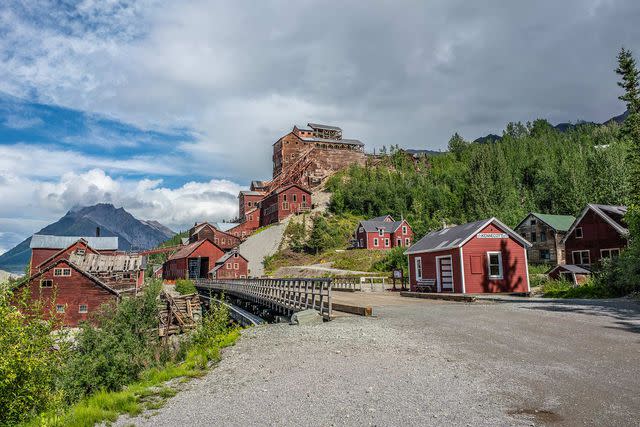
David González Rebollo/Getty Images
Head further north, all the way to Alaska, to see another pristine example of life in a 20th-century North American mining town (though Alaska didn’t become an official U.S. state until 1959). Kennicott was a booming copper mining community until its main camp closed in 1938 due to declining ore supplies and prices. However, the National Park Service once again stepped in to preserve the remnants of its heyday and even put together a handy map for a self-guided tour.
Calico, California

Peter Unger/Getty Images
California was a hotbed of activity for miners in the 1800s due to the presence of gold and other minerals. Several made their way to Calico, a town in San Bernardino County, for their shot at finding silver. They did — at least for a while, until the mid-1890s when the metal lost its value and those looking for their fortunes left as quickly as they came. But the town has stood the test of time thanks to Walter Knott, who purchased the place and its buildings in the 1950s and fixed up those that lost their luster. You can visit every day from 9 a.m. to 5 p.m.
South Pass City, Wyoming
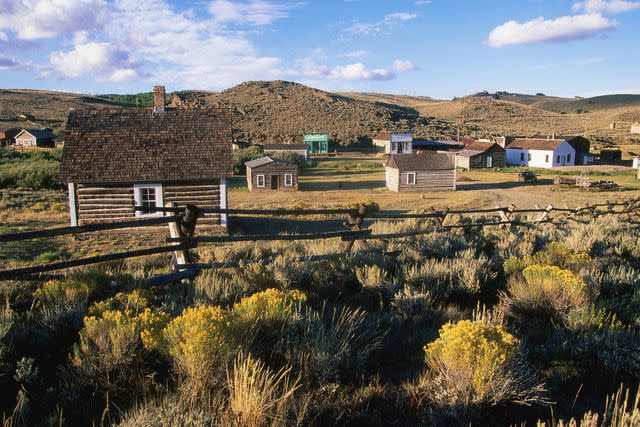
John Elk/Getty Images
South Pass City began as another gold mining town in the mid-1800s, but after an initial boom, the population dwindled to just a few hundred people. In 1966, Wyoming's 75th Anniversary Commission bought the city as a birthday present for the state, sparking a resurgence. Today, 17 original structures stand as a testament to preservation efforts. Come during the summer to tour the artifact-filled ghost town, shop in the old general store, or pan for gold in Willow Creek.
Independence, Colorado
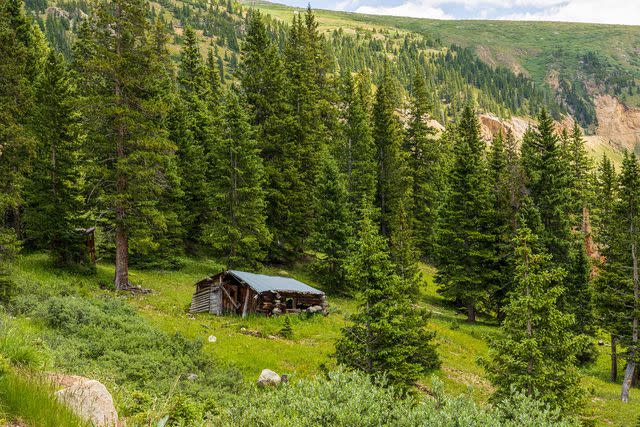
Faina Gurevich/Getty Images
Prospectors struck gold in Independence, Colorado, sometime in the late 1800s, causing others to quickly follow suit. According to the Aspen Historical Society, the Farwell Mining Company acquired most of the town's prominent mines by 1881 and employed hundreds of people thereafter. The population peaked with about 1,500 residents, and local businesses flourished — that is, until workers moved out in search of other riches, leaving the town abandoned. Around 1975, the Aspen Historical Society took on the work of maintaining the ruins, which can be explored via a self-guided tour during the summer months.
Nevada City, Montana
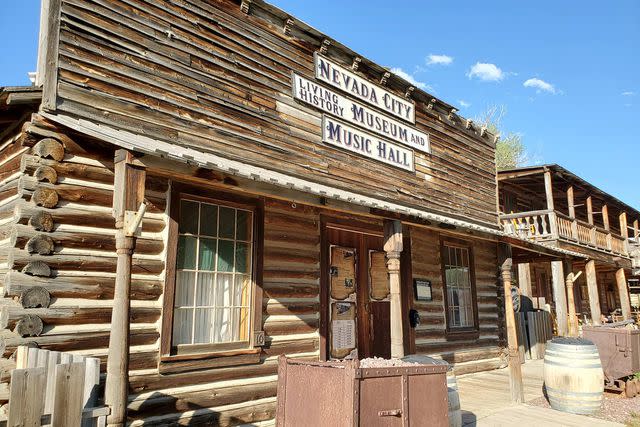
Teresa Otto/Getty Images
Nevada City could have just been another gold-mining town that languished in the annals of history. Thankfully, its classic wooden structures were restored by the Bovey family, who worked on the project between 1945 and 1978. Today, the ghost town is an open-air museum with live interpretations on weekends in the summer. Step inside the buildings, and you might even find a few retro music boxes and player pianos.
Goldfield, Arizona
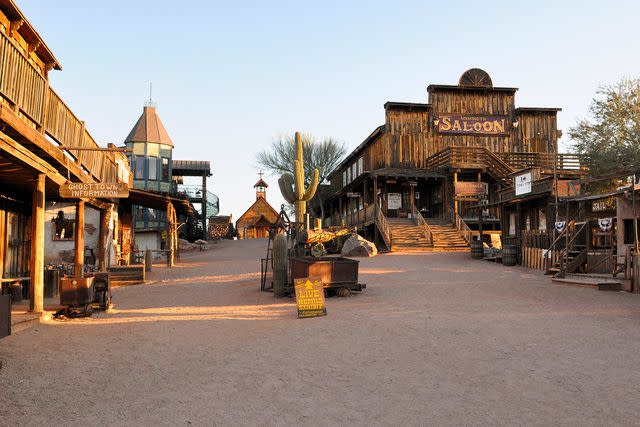
We bet you don’t have to guess what people were after in Goldfield, Arizona, in the mid-1800s. Prospectors made their way here to work in the Mammoth Gold Mine and quickly turned it into the kind of town that would later inspire Wild West movies. While here, visitors can still see its multiple saloons, general store, boarding house, and more. You can even watch a reenactment of an old gun fight by the Goldfield Gunfighters. The town is open every day to visitors except on Thanksgiving and Christmas Day.
For more Travel & Leisure news, make sure to sign up for our newsletter!
Read the original article on Travel & Leisure.

